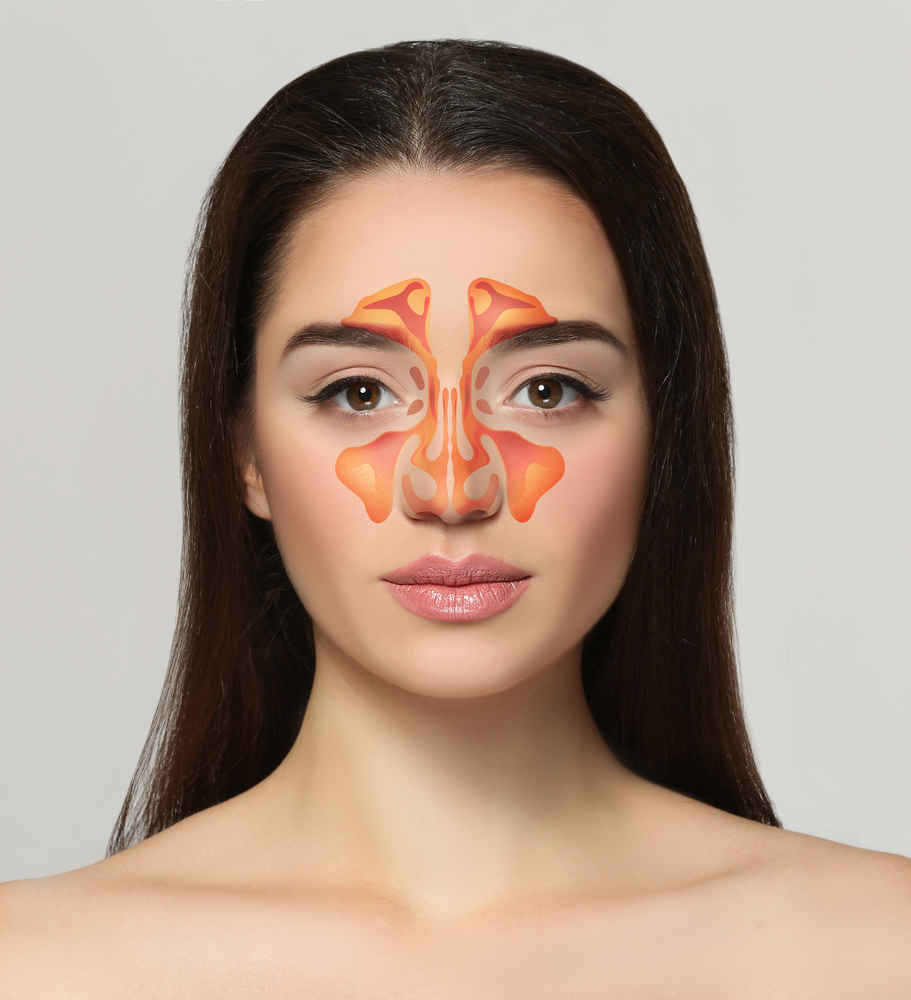Sinus Disorders and Nasal Obstruction

An acute sinus infection is typically caused by an upper respiratory tract infection (URI) which causes the nasal lining to swell and blocks the normal passages for mucous produced in the sinuses to drain into the nose. Symptoms of an acute sinus infection may include nasal congestion, thick yellow or green nasal discharge, pressure across the cheeks or forehead, fever, and fatigue. Many times, these problems will improve over the course of 5-7 days with the use of saline rinses, nasal sprays, and decongestants. However, if your symptoms last more than a week, your doctor may add an antibiotic with or without oral steroids.
Several medical problems may worsen the symptoms of sinusitis, including a deviated nasal septum, polyps or growths within the nose, untreated allergies, or certain underlying medical problems. In order to determine which of these other conditions may be contributing to your overall problem, your doctor may use a small camera to look inside the nose, order imaging of the sinuses, or possibly order allergy testing. Treating the underlying problems can be just as important as addressing the sinus cavities.
When your symptoms last more than 3 months despite being treated with the medications mentioned above, your infection is considered chronic. Depending on the exact location and severity of your sinusitis, your doctor may recommend a procedure to help open the natural outflow tracts of the sinuses to make them drain more easily. The options for this procedure may be as minimal as an office procedure using a balloon to dilate the opening, versus a procedure in the operating room using a camera and small angled instruments.
In some patients, their nasal obstruction is not a result of chronic sinus infections, but instead a problem with the anatomy of the bone and cartilage which makes up the nose. In these cases, your doctor may discuss a rhinoplasty which involves widening nasal passage inside the nose to allow for more airflow.
Our physicians provide comprehensive management of nasal and sinus disorders, including nasal congestion and obstruction, acute and chronic sinus infections, nasal polyps, nosebleeds, and allergic rhinitis. The latest techniques of in office balloon sinuplasty, image guided sinus surgery, and topical drug delivery are incorporated into individualized treatment plans.

